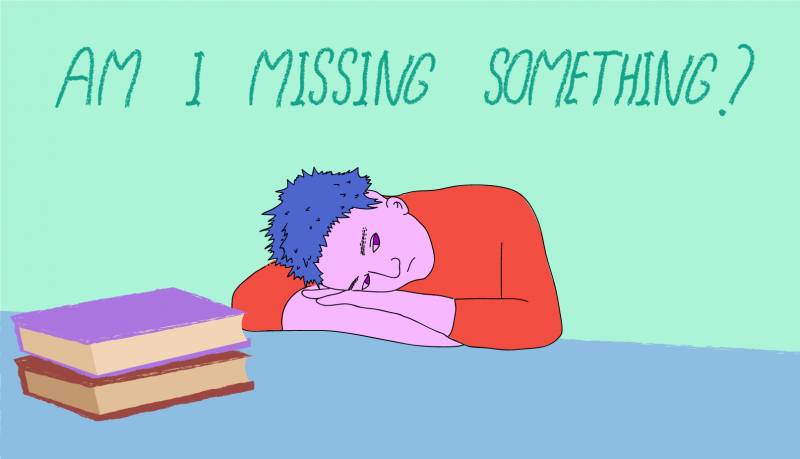A five-year term for Graham Carr
On Dec. 12, Interim President Graham Carr was officially appointed President and Vice-Chancellor of Concordia. Earlier in July, Carr succeeded Alan Shepard after he stepped down from a seven-year mandate.
“Concordia is a young, forward-looking university. It’s a unique place where experimentation, innovation and creativity are truly valued,” Carr said, in a press release. “Our community of students, faculty, staff and alumni all contribute to our momentum as Canada’s next-gen university. As president, I plan to continue broadening that circle, pursuing collaborations with industry, government and community stakeholders to further demonstrate how Concordia makes a positive difference for the people and economies of Canada and the world.”
Carr emerged from an international search process as Concordia’s Board of Governors’ top choice, according to Board Chair Norman Hébert Jr, saying it was a bonus that Carr used to teach at Concordia. Carr joined the university in 1983 in the Department of History.
“He brings that knowledge and those existing ties as well as his constant drive, imagination and curiosity to the position,” Hébert said in the press release.
The five-year contract is effective starting now.
Closure of Henry F. H. Building’s sixth floor
Renovations in the Hall building will be taking place throughout the year, and are expected to end by 2021. The university is looking to improve the environment of the Hall building’s sixth floor. The transformation is meant to provide greater collaborative workspaces and lighting, according to Concordia’s website.
One of the major transformations will be to supply the entire floor with inclusive, gender-neutral bathrooms. The facilities, which haven’t been updated since 1966, will now be equipped with floor-to-ceiling stalls.
Facilities Management, who is responsible for planning, designing and developing a safe working environment for students, consulted all those who actively use the sixth floor to ensure the needs of everyone were being respected.
Information about the relocation of student groups’ offices is available on the university’s website.
Updating the Climate Clock Project
The Concordia real-time measurement countdown until we surpass the 1.5-degree Celsius temperature limit set by the Paris Agreement was updated for the fifth time since its creation in 2015.
The clock is meant to be a visual representation of the time left before the climate crisis becomes seriously threatening.
“We feel that the clock is able to communicate the urgency of action in a way that people understand and can relate to,” said Damon Matthews in an interview with Concordia News. Matthews is a professor in the Department of Geography, Planning and Environment and one of the project creators, alongside musician David Usher.
While reports of the CO2 emissions for 2019 won’t be released until later this year, various scientific magazines such as Scientific American are already reporting that they will likely be higher than expected. This year, the Climate Clock Project projected that the time left was 12 years, while last year’s update predicted that we would hit the 1.5-degree mark by 2034, according to the project’s website.
You can check the Climate Clock Project updates on the university’s website.
Graphic by @sundaeghosts
